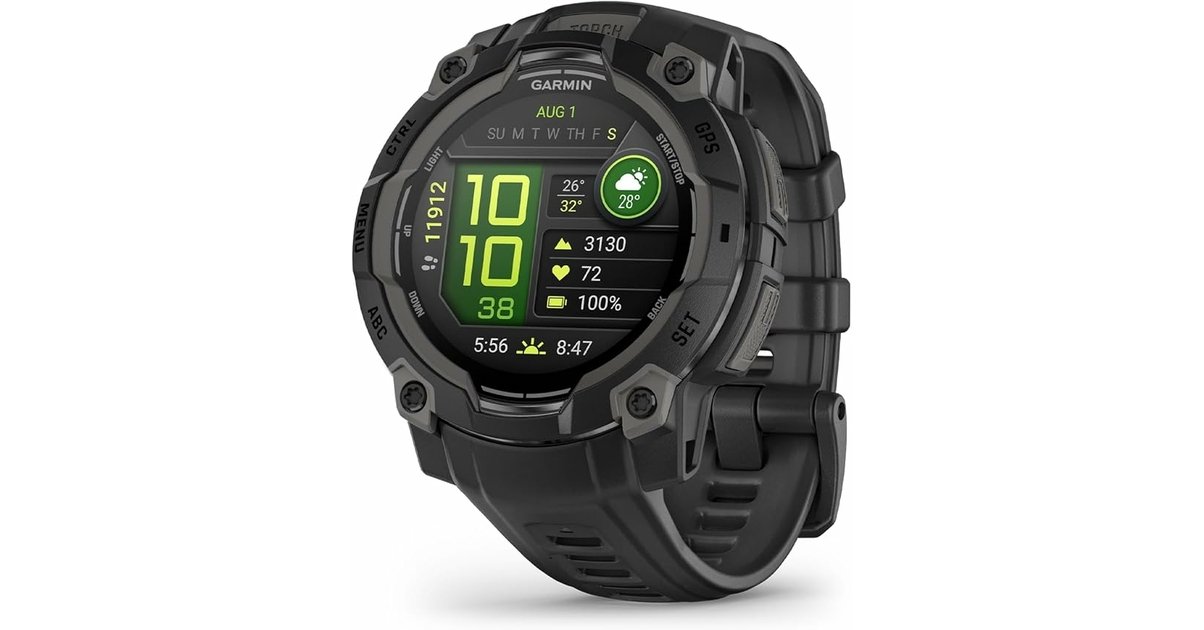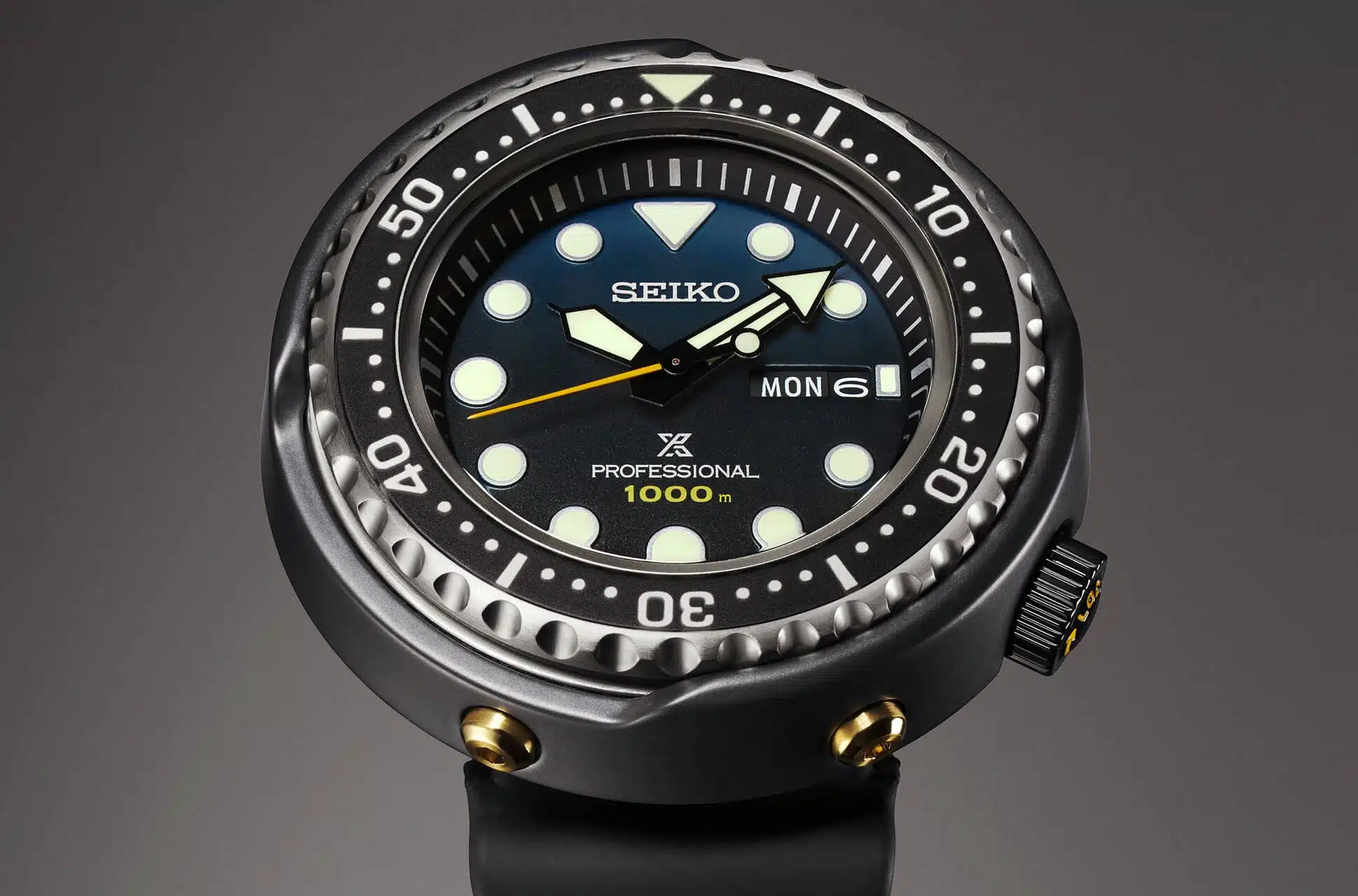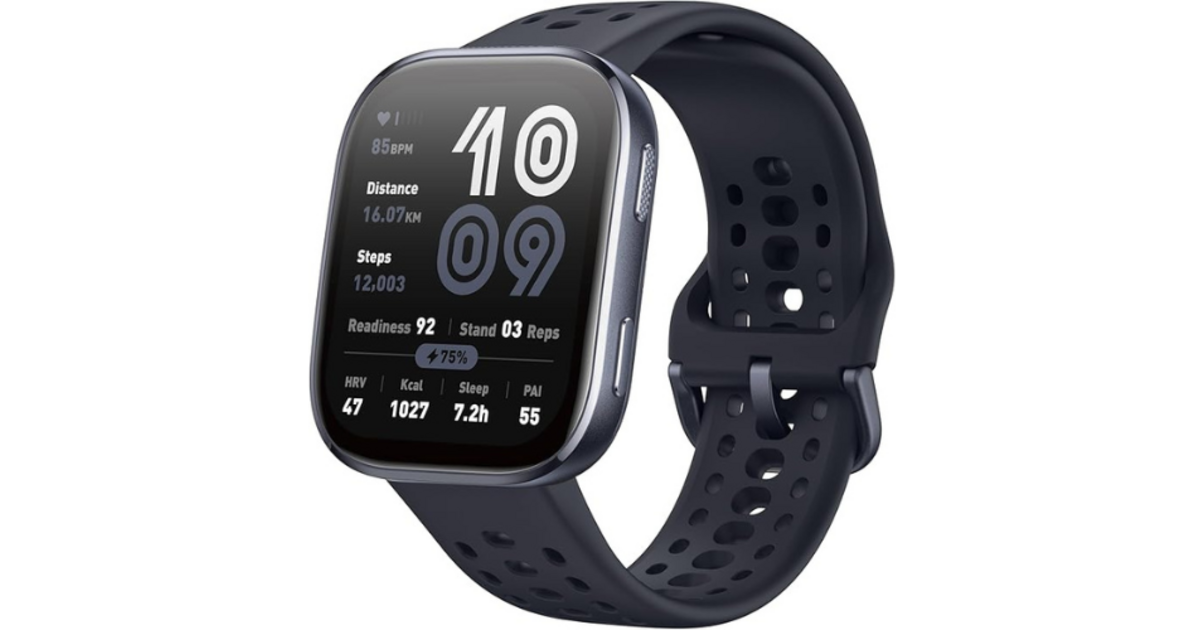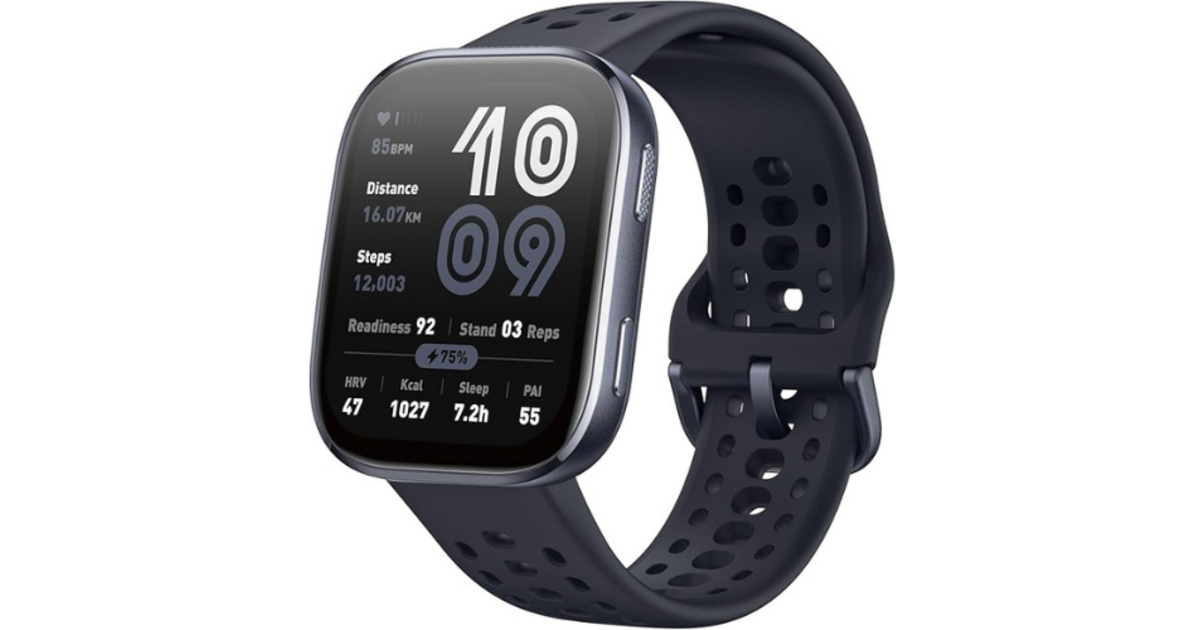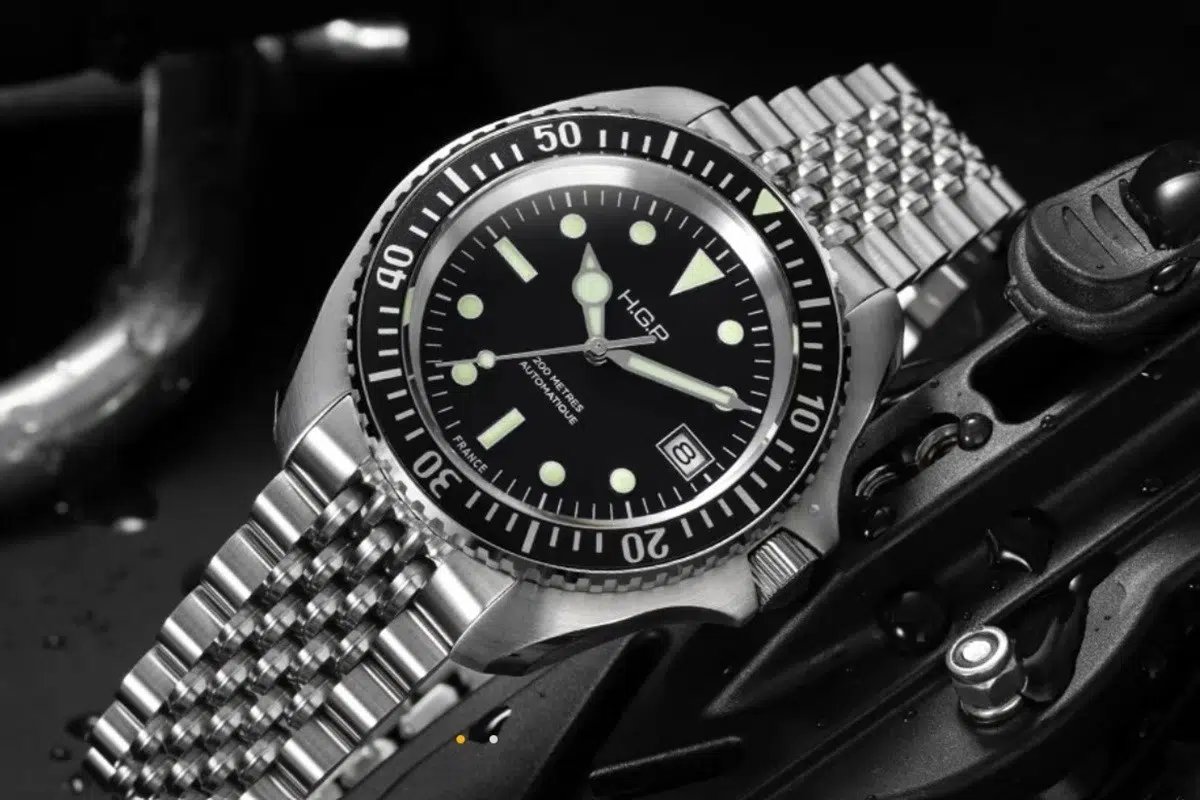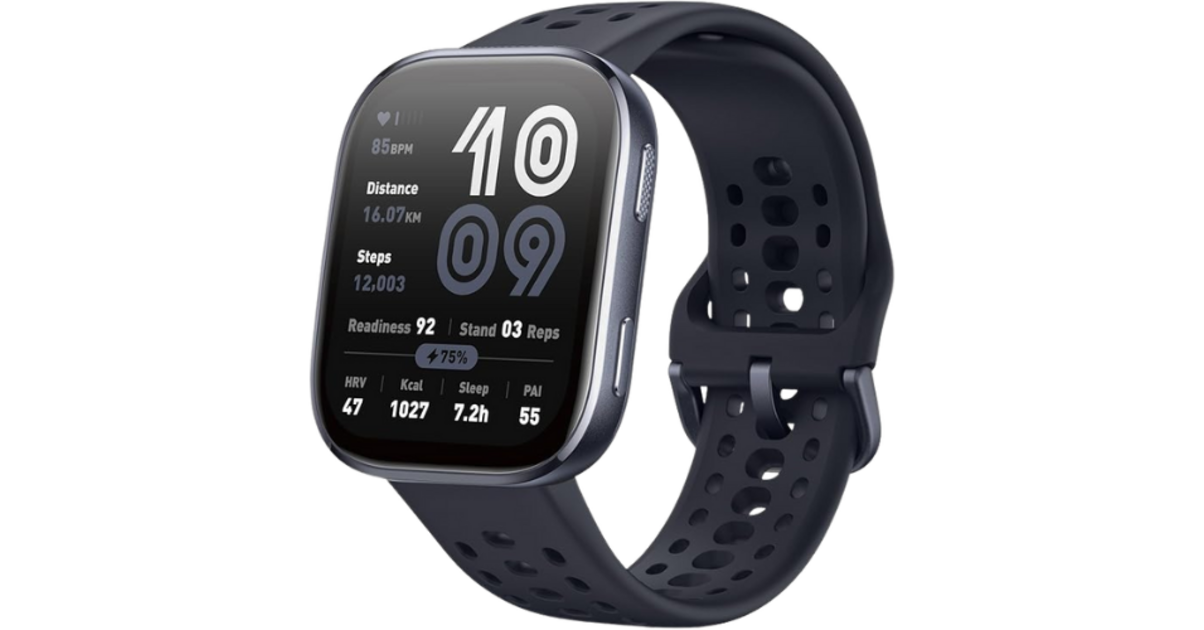Use context
Regular user of connected watches for hiking, trail and indoor fitness. Choice motivated by the legendary robustness of the Instinct range, the AMOLED screen and solar autonomy. Intensive test over 3 weeks with daily port (activities + health monitoring 24 hours a day).
See the Garmin Instinct 3 and the opinions on Amazon
First contact and installation
Surprising housing by its lightness (10g less than the 2x instinct), discreet metal reinforcement. AMOLED screen immediately attractive with vibrant colors.
-
Issue : Initial firmware buggy (2 dials only, absence of the Sleep Coach) resolved by update via Garmin Connect
-
Handling : 15 minutes to configure essential widgets. Architecture 5 intuitive buttons for Garmin regulars.
Real test vs promises
What is holding ::
-
Real 8 -day autonomy (AOD activated + 3 hours GPS/week)
-
Practical torch in night hiking (improved VS 2x menu)
-
Reliable nap detection (precision at ± 10 min)
What is fishing :: -
Elevate 4 cardiac sensor (2019): Erratic climbing and swimming measures
-
No cartography : Navigation limited to the “BREADCRUM” layout
-
Interface Training Weight: Forced return to the list after each series
Key points for the buyer
-
For : occasional hikers / fans of robust / allergic design at TouchScreen
-
Avoid : Need detailed cards / requirement on cardiac follow -up / tight budget (€ 500)
-
Alternative ::
Cash verdict
▲ 3 assets ::
-
Incredible autonomy (solid 2nd in shipping)
-
Readable screen in the sun (adaptive backlight)
-
Minimalist interface + physical buttons (wet gloves/hands)
▼ 3 weaknesses ::
-
Obsolete cardiac sensor (underestimates the efforts of effort)
-
Rudimentary navigation vs fenix/epix
-
High price for 2021 specs
Recommended ? Yes, for outdoor athletes prioritizing sustainability on peak metrics. Not recommended for demanding trailers (lack of topo cards) and gym rats (interface bugs). A transition watch between the entry -level and the Fenix, to be bought on a promo under € 400.
